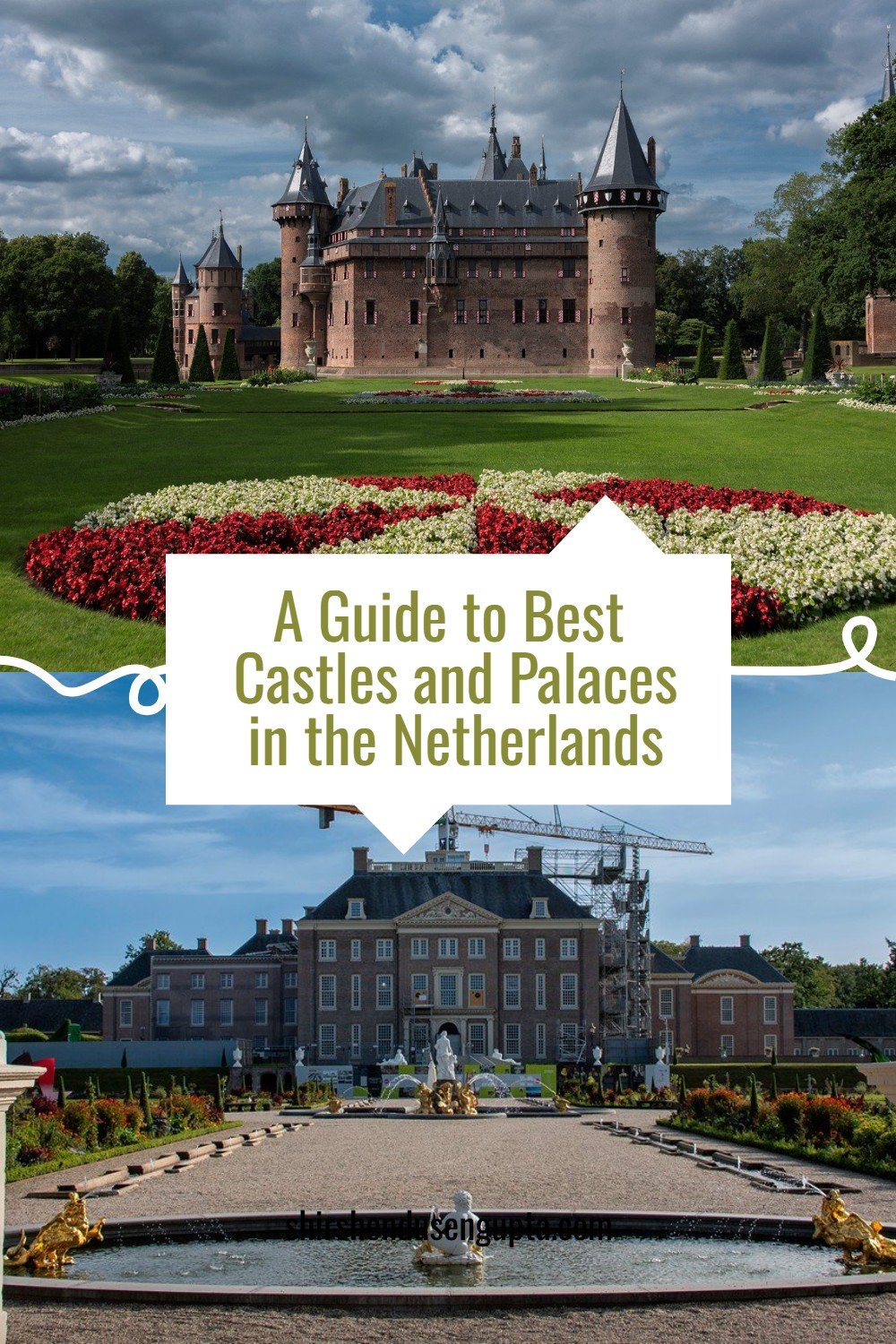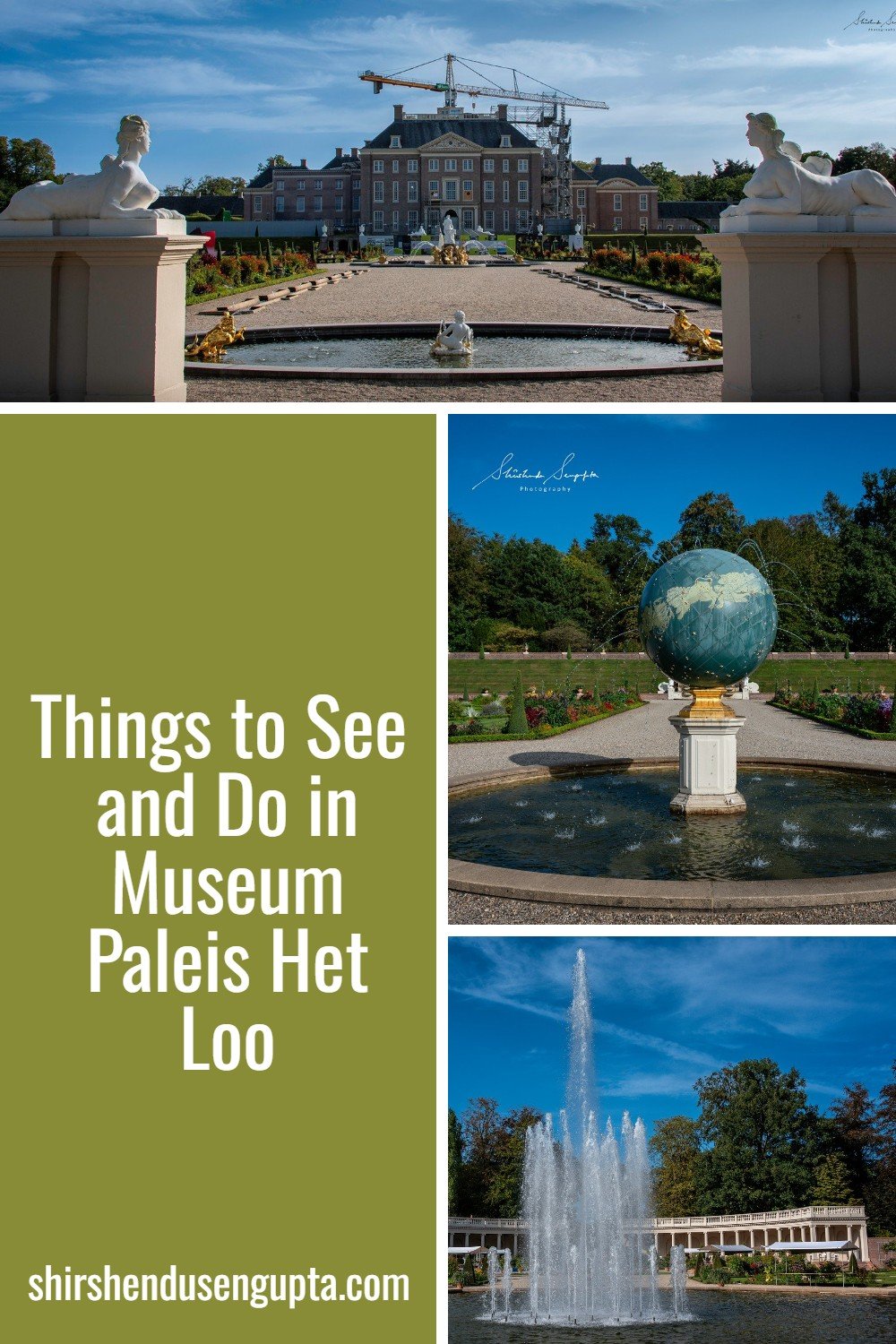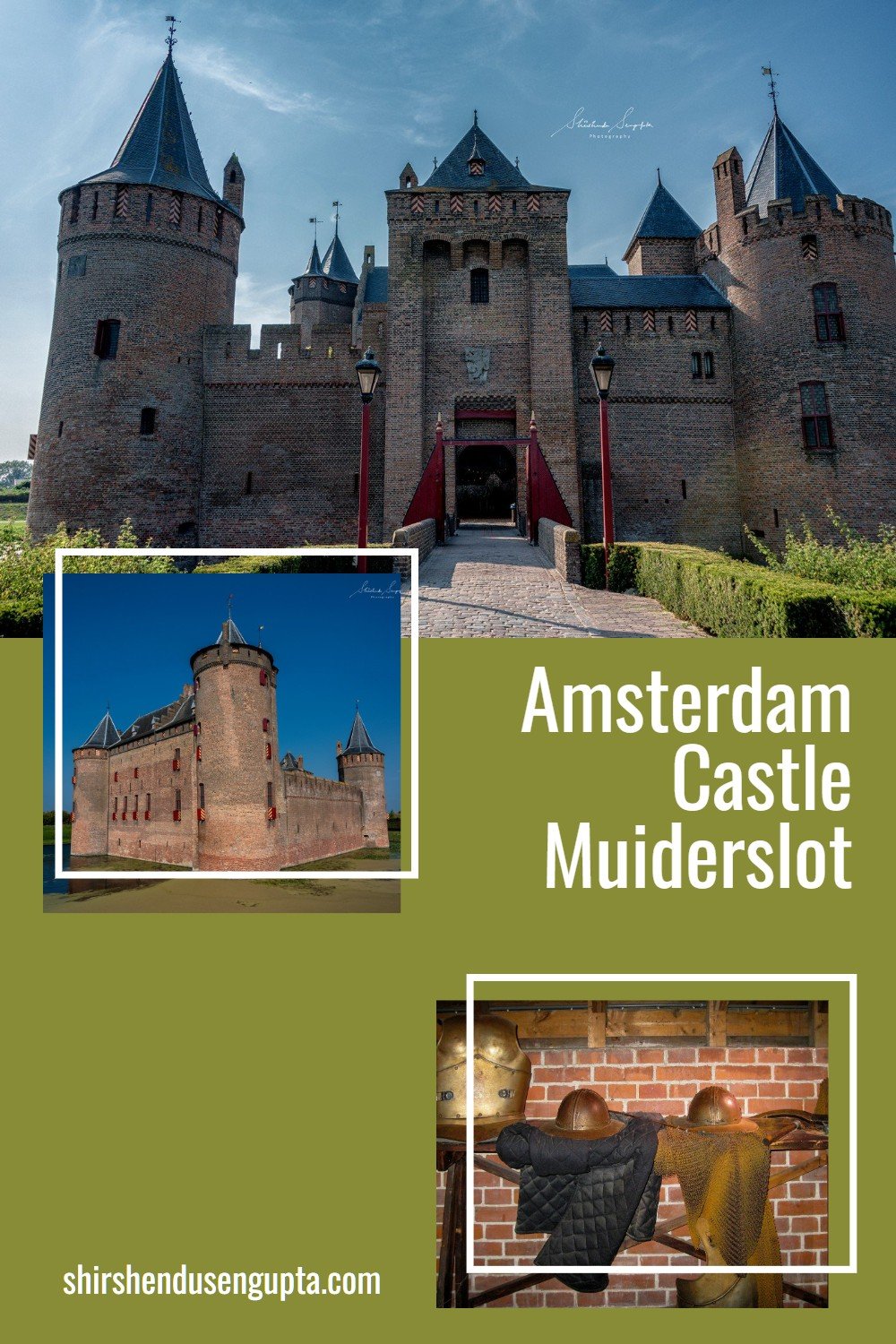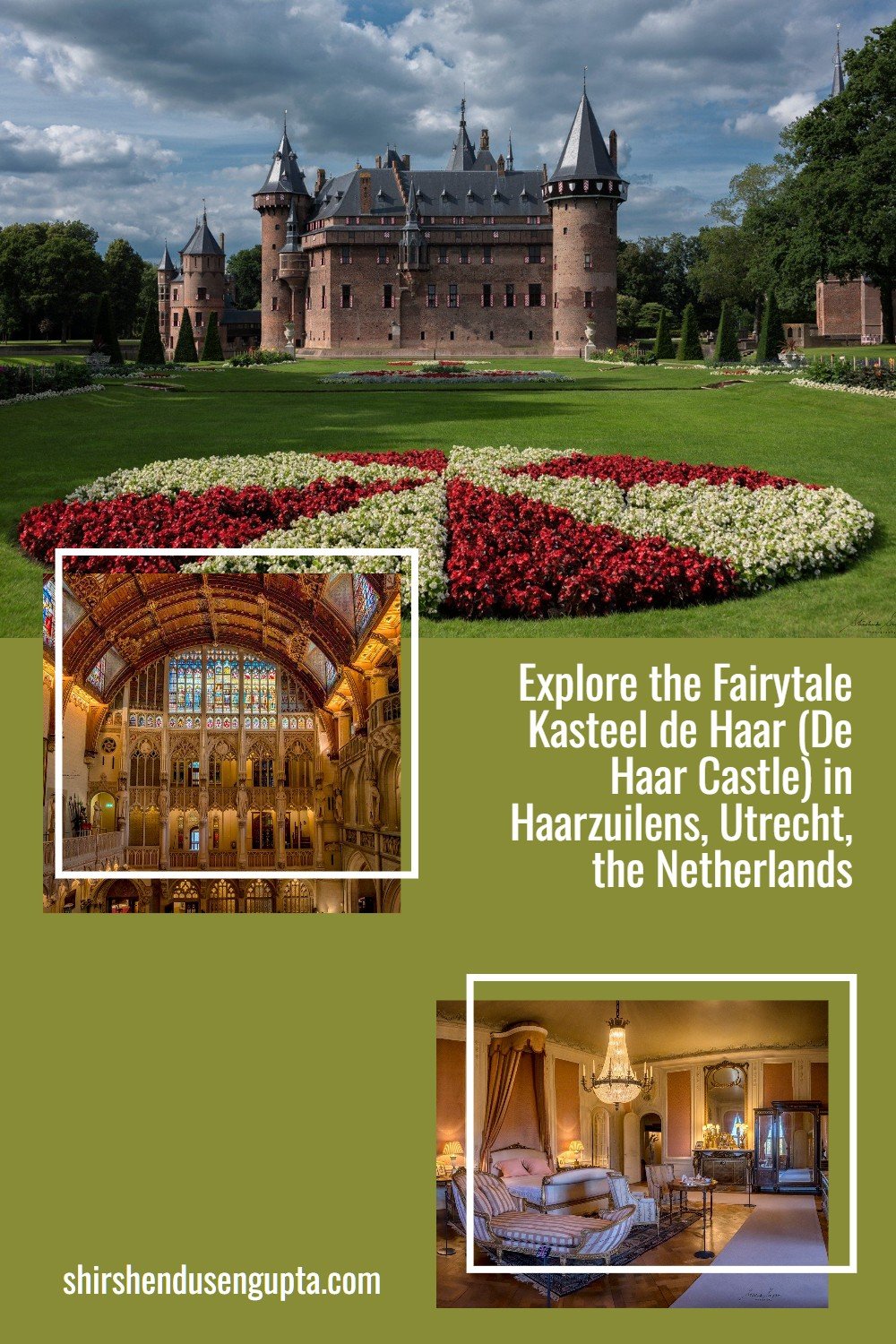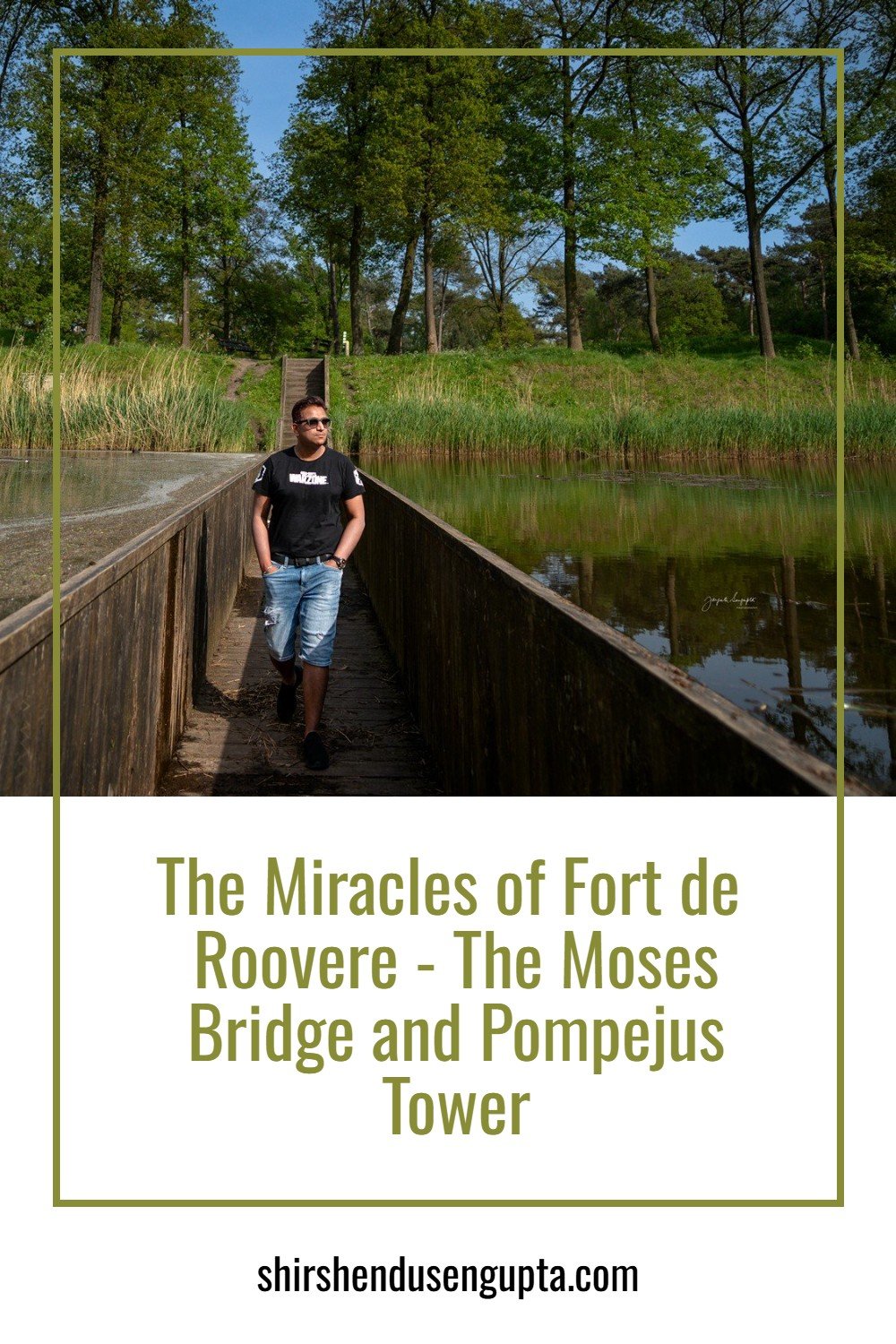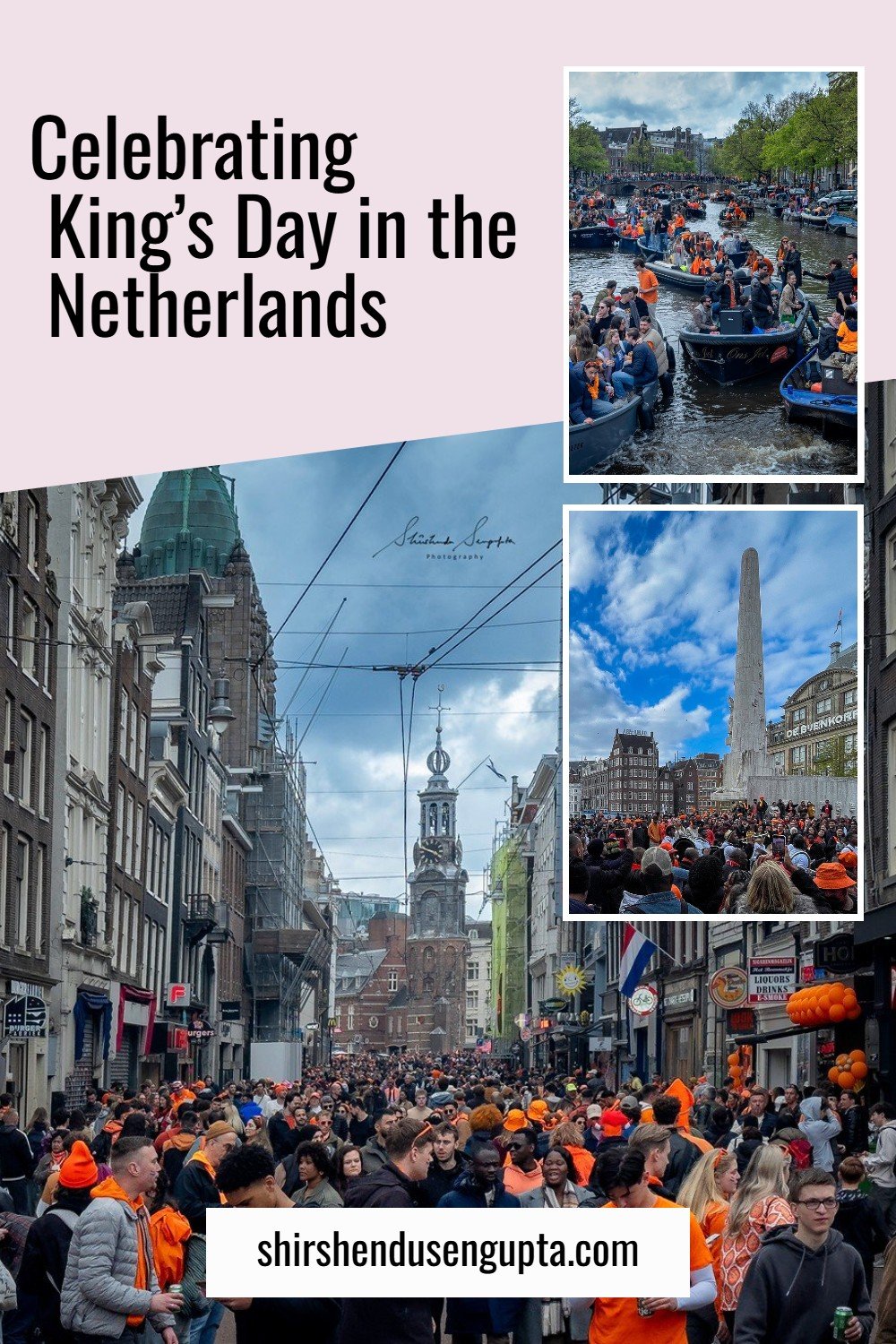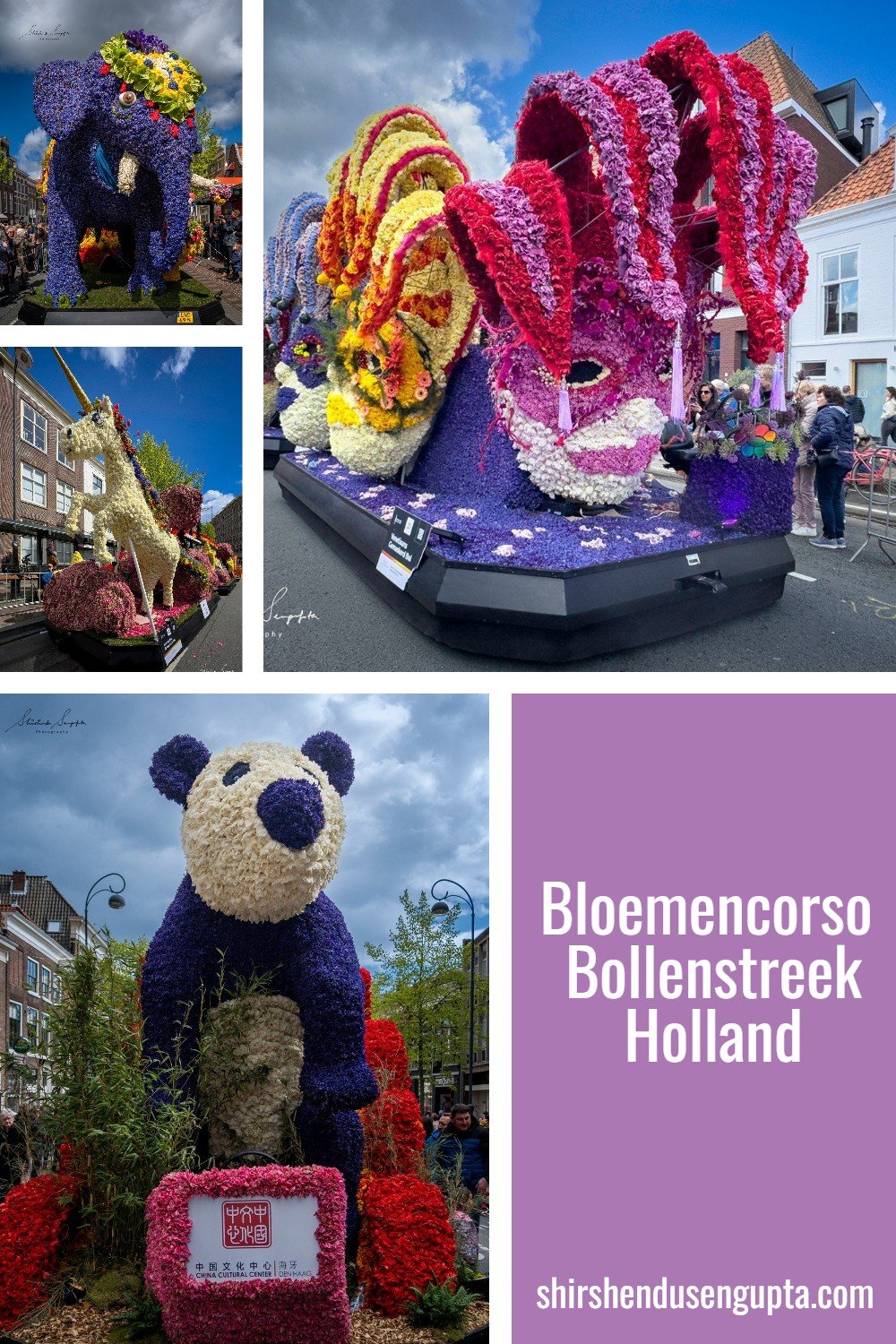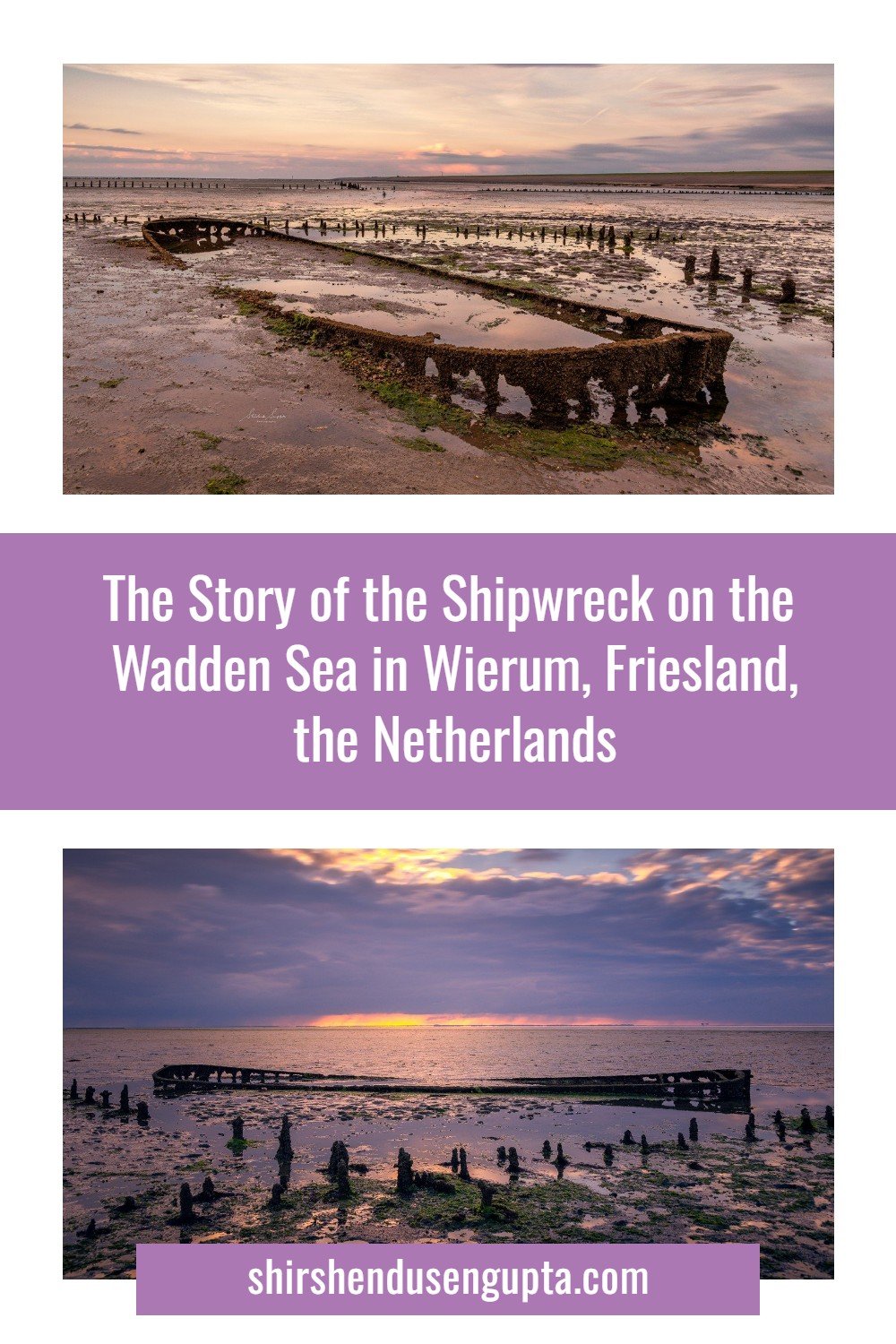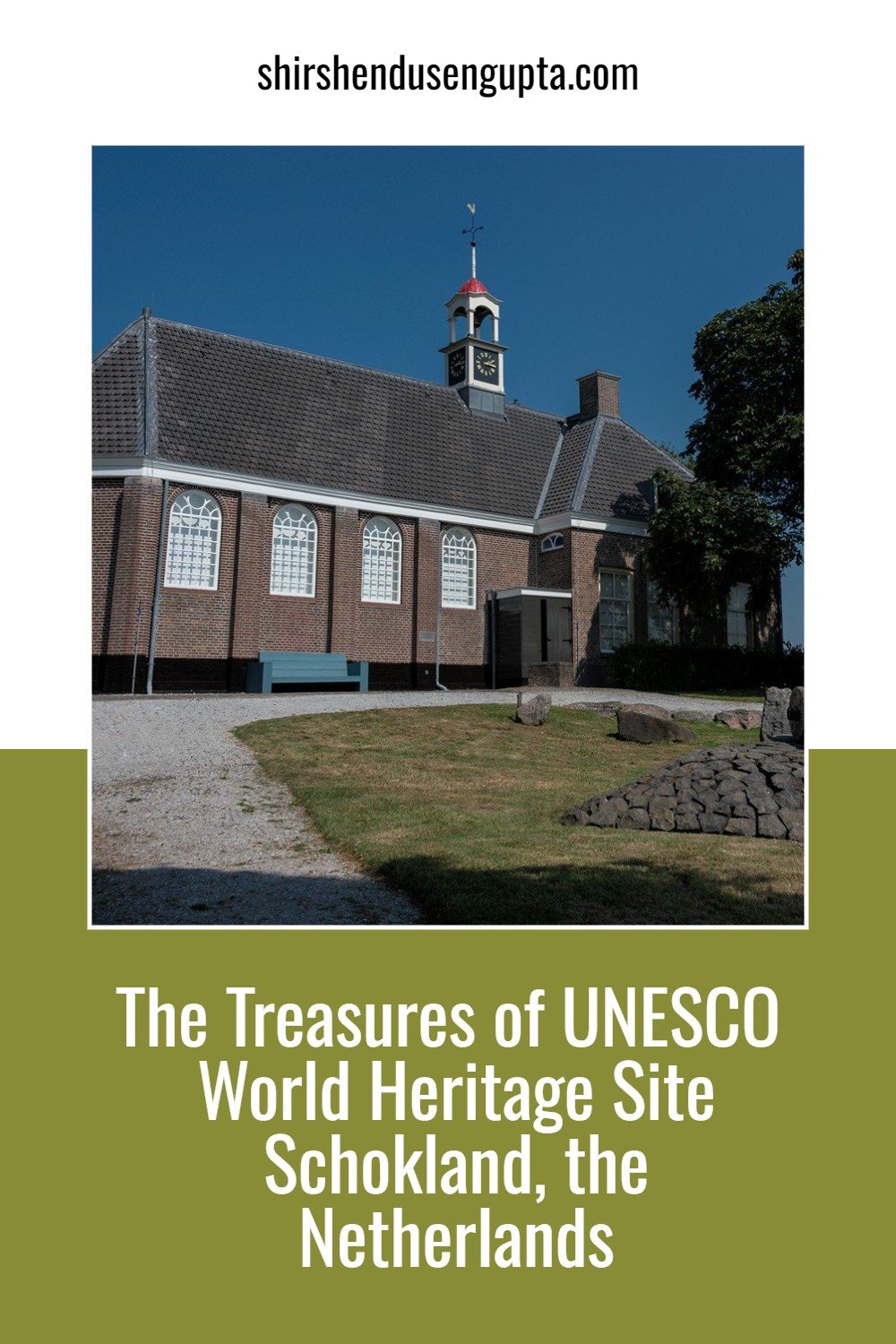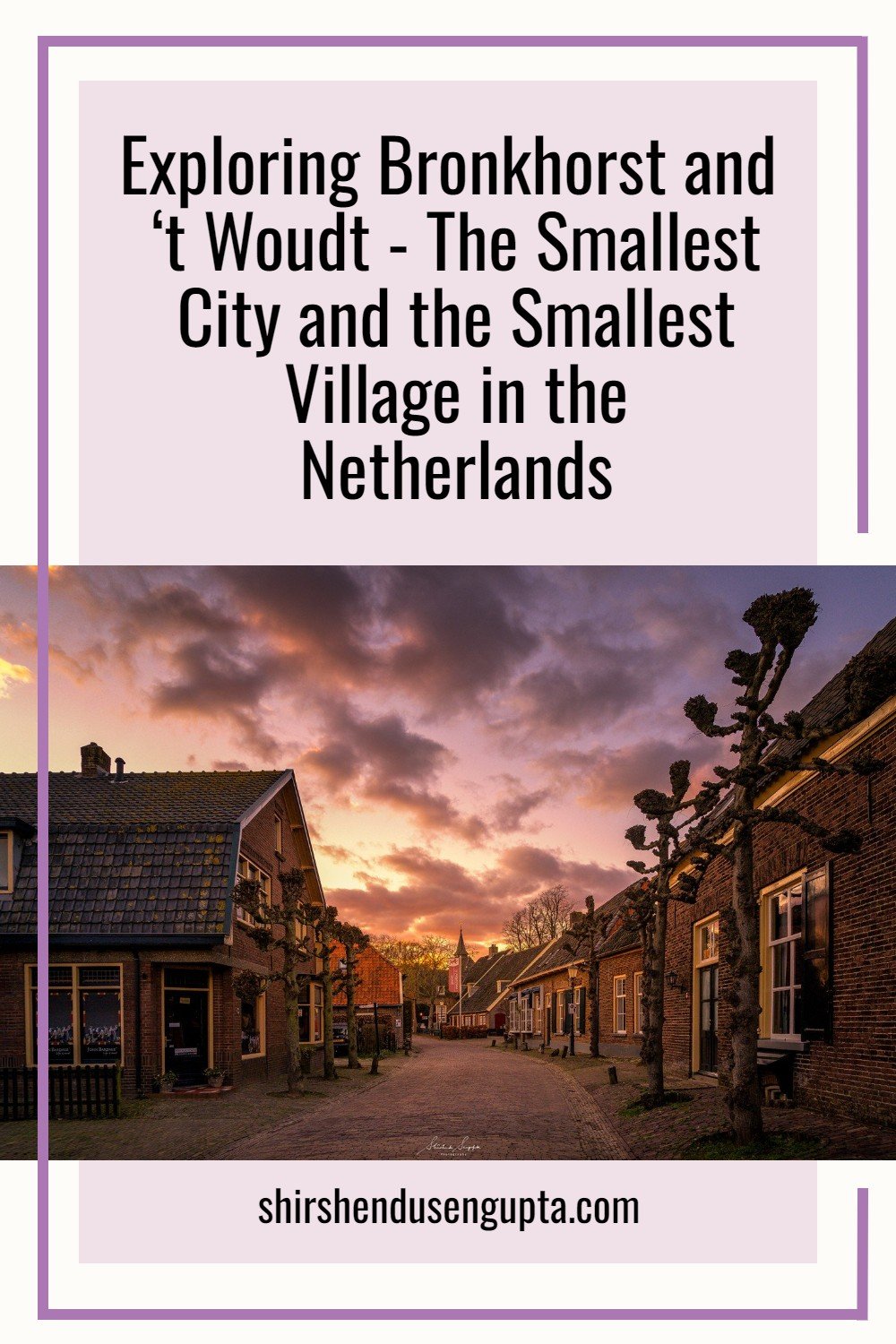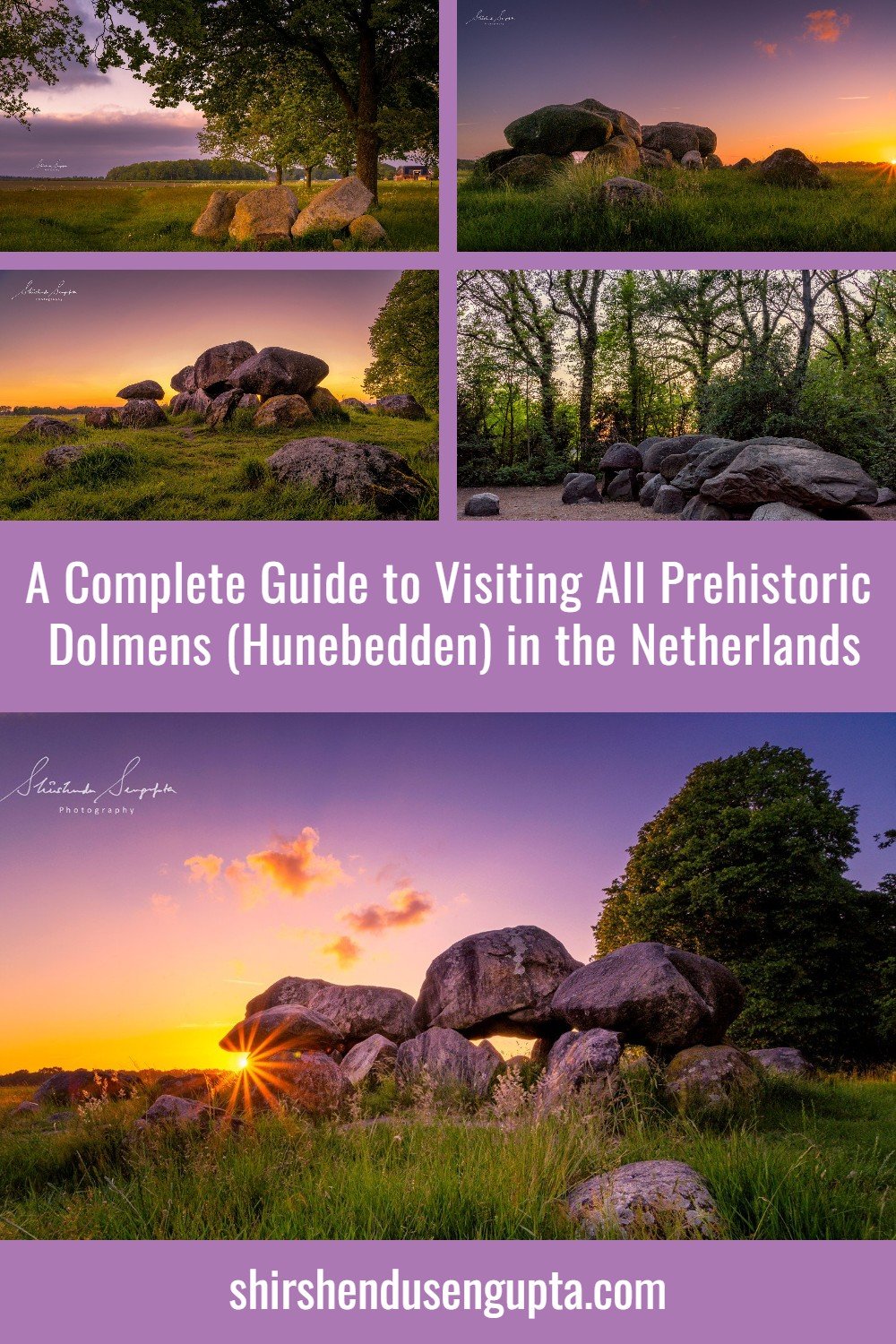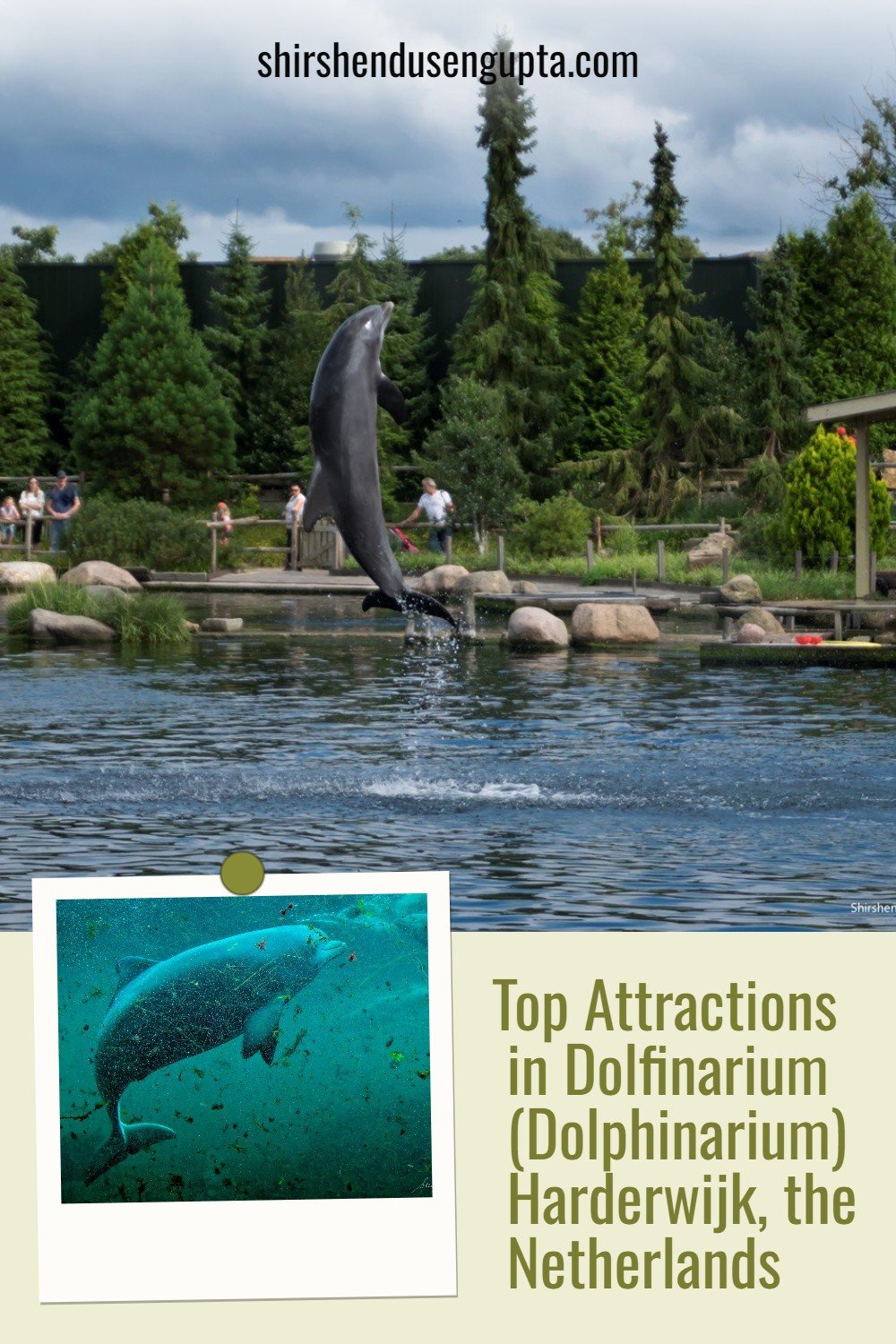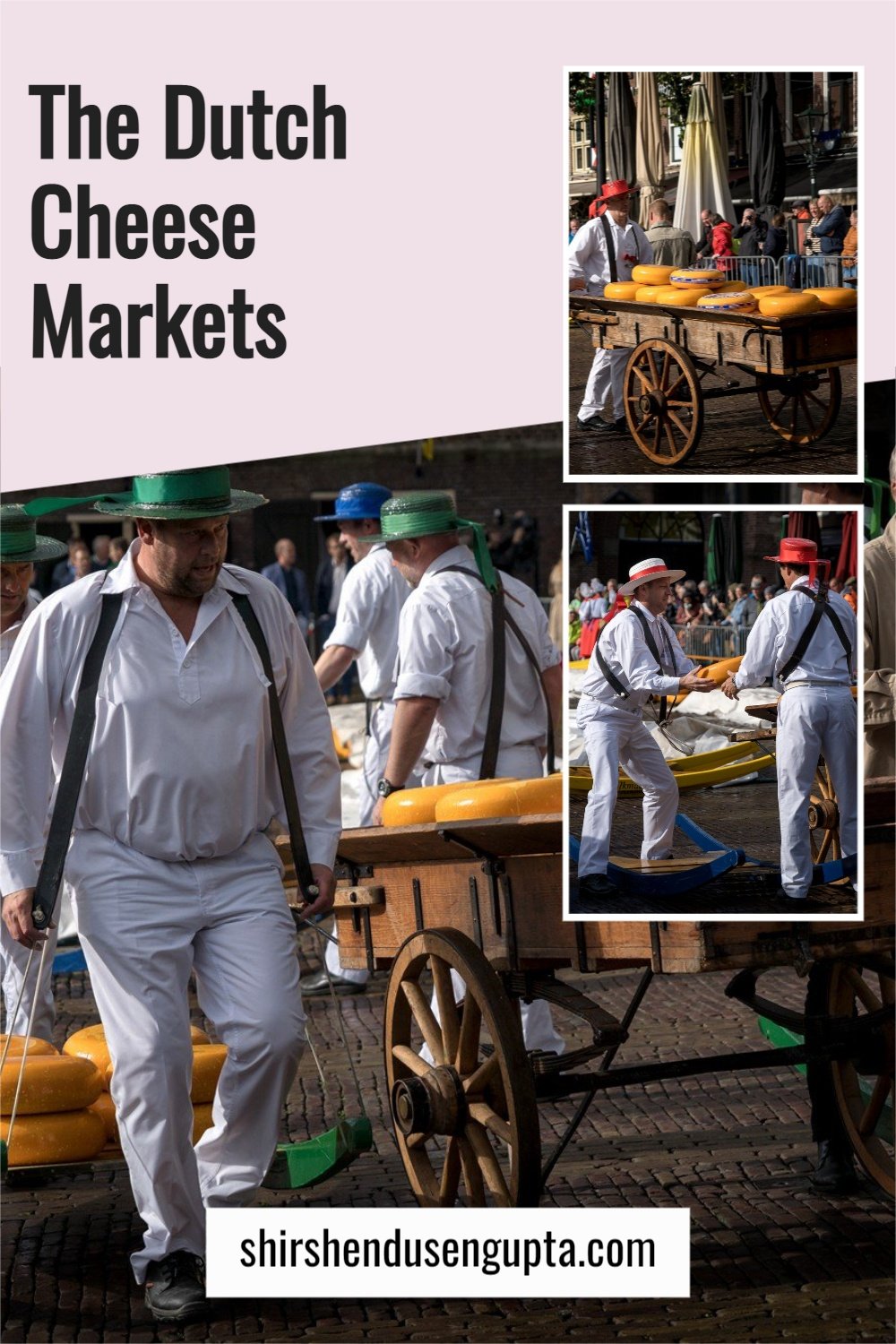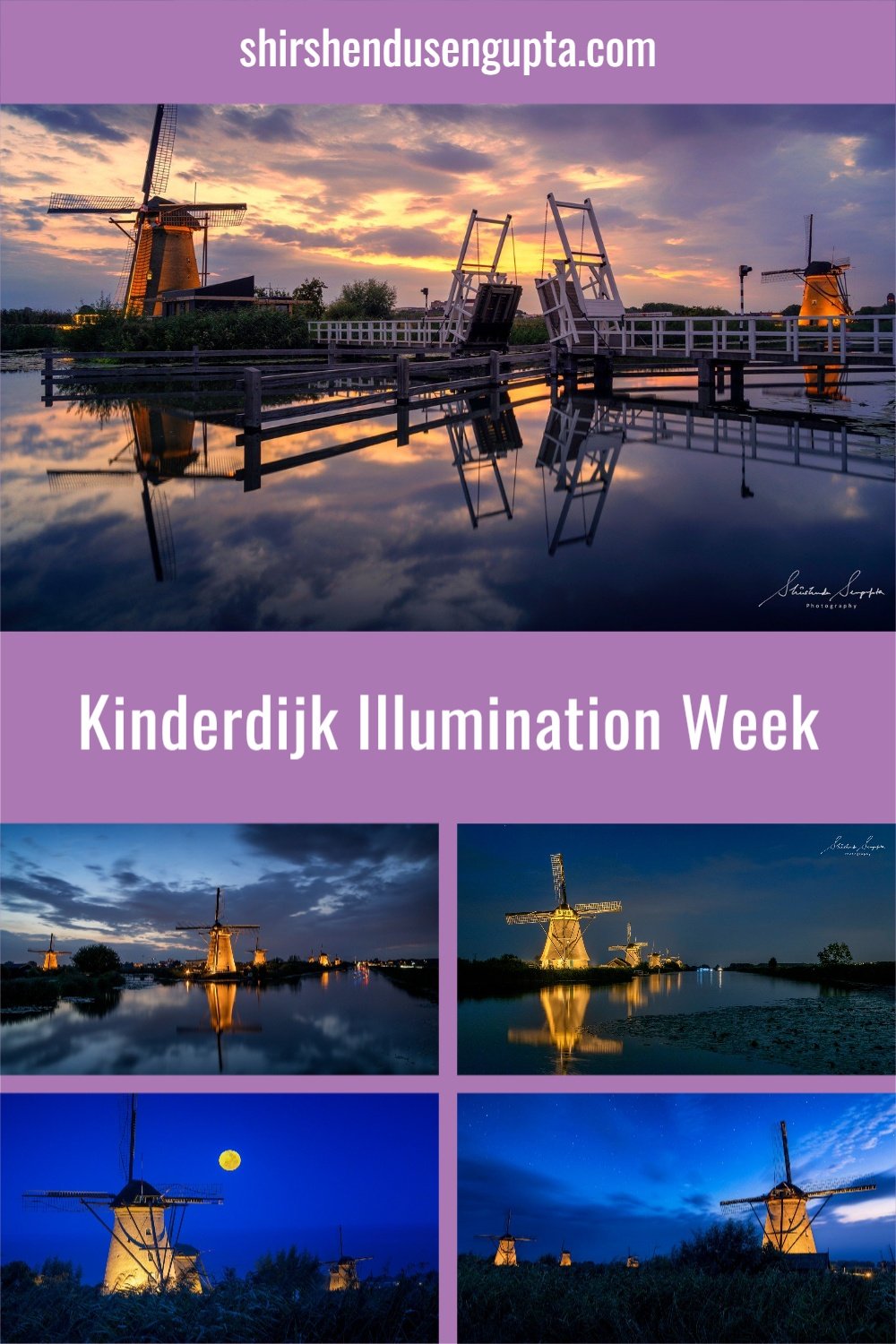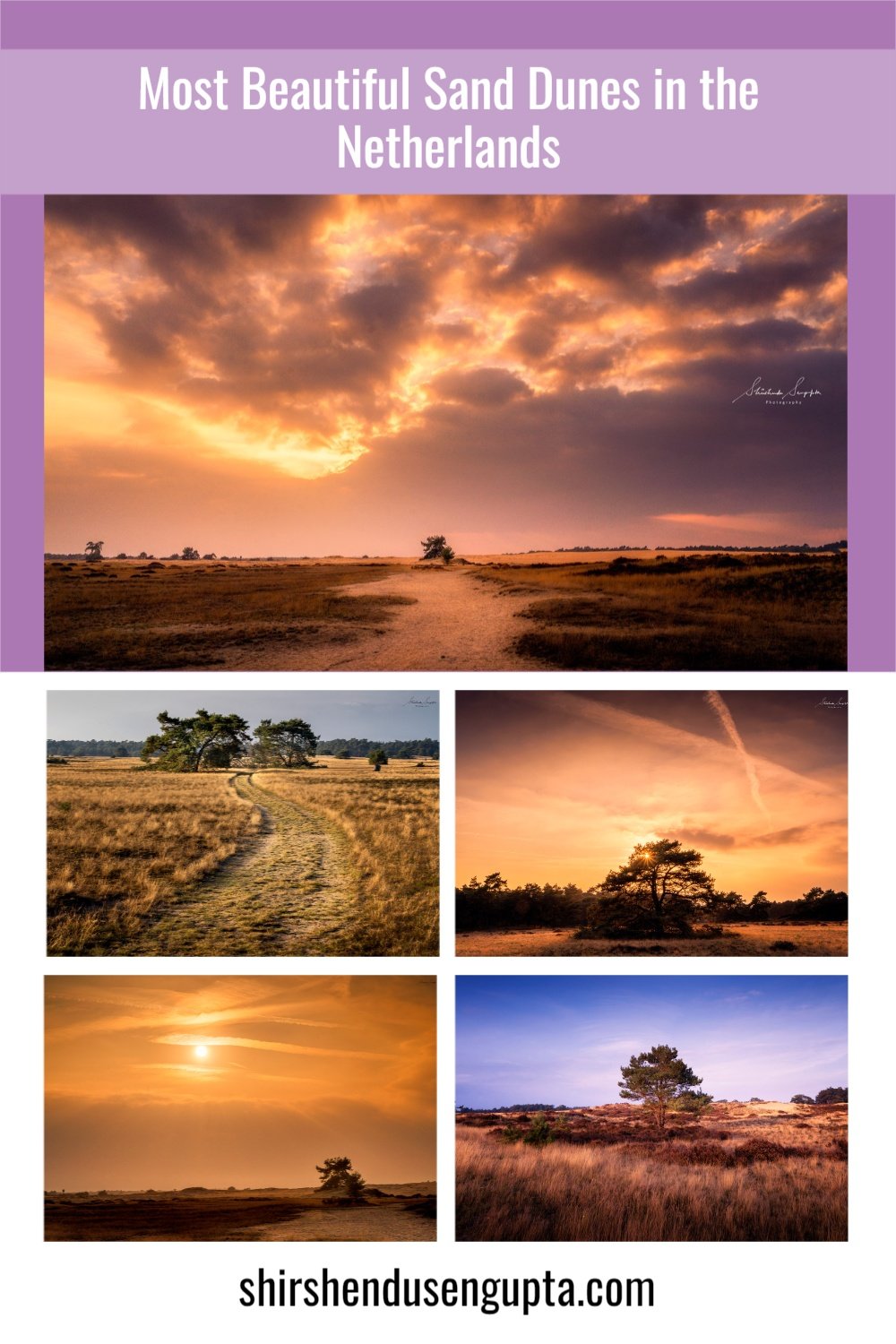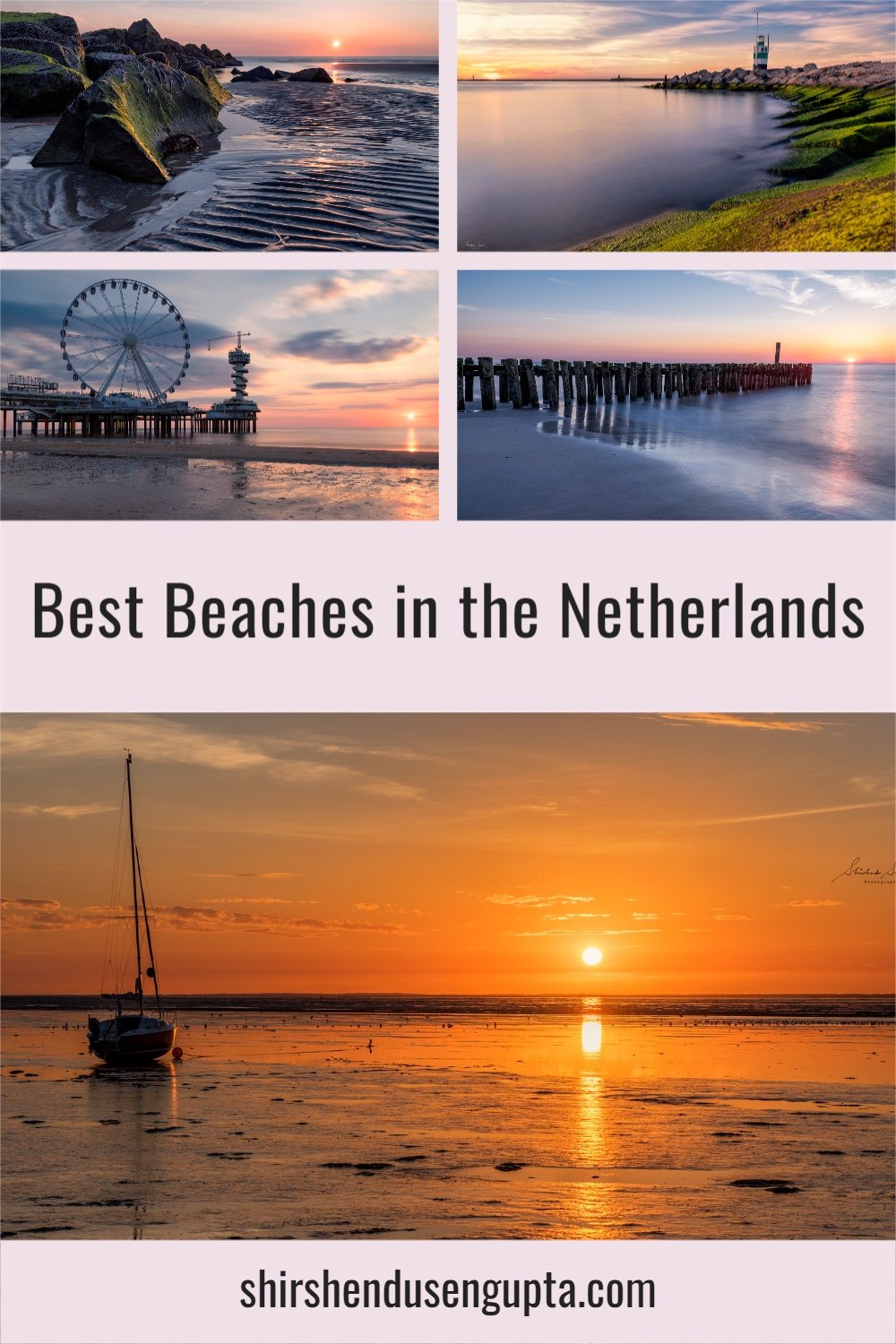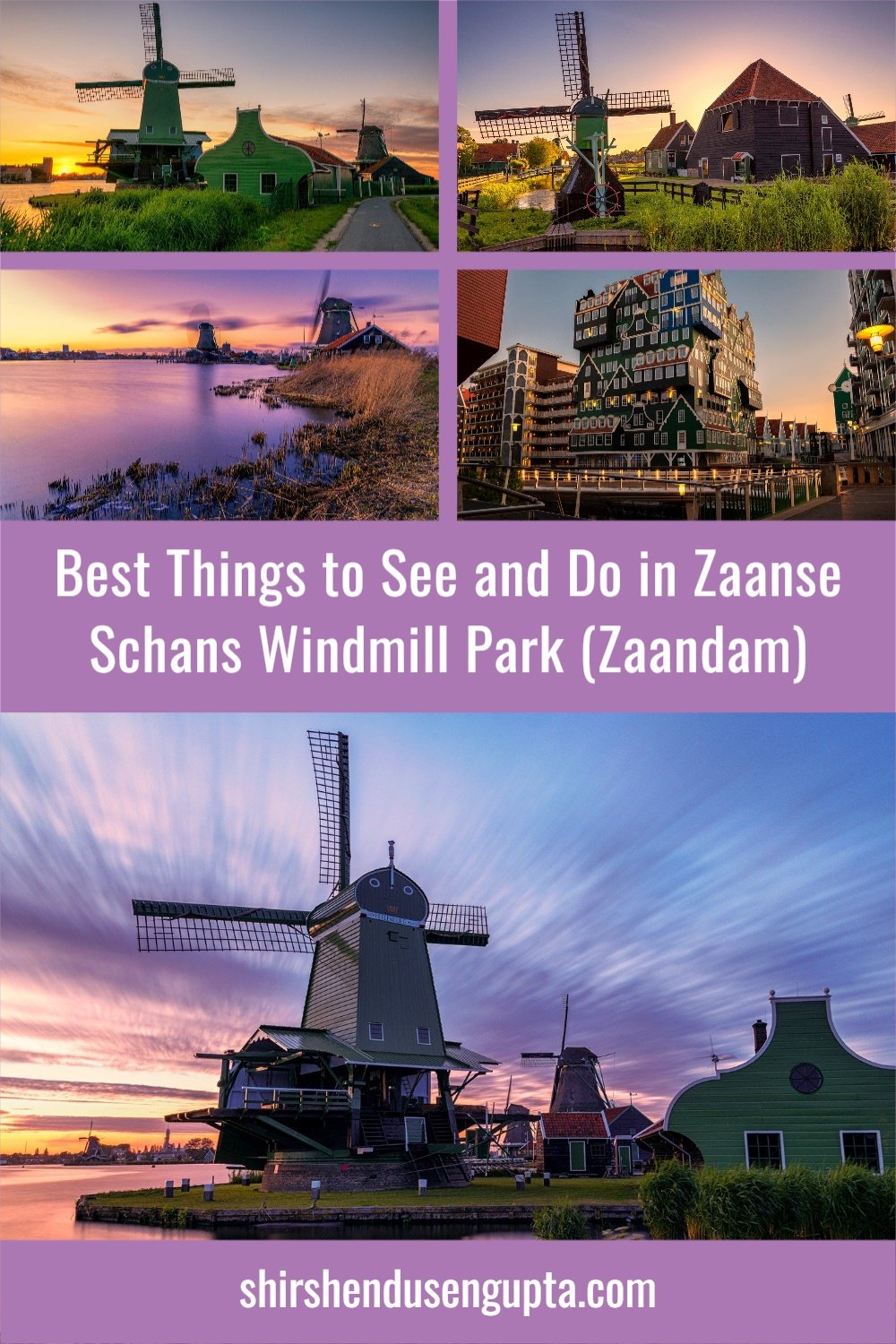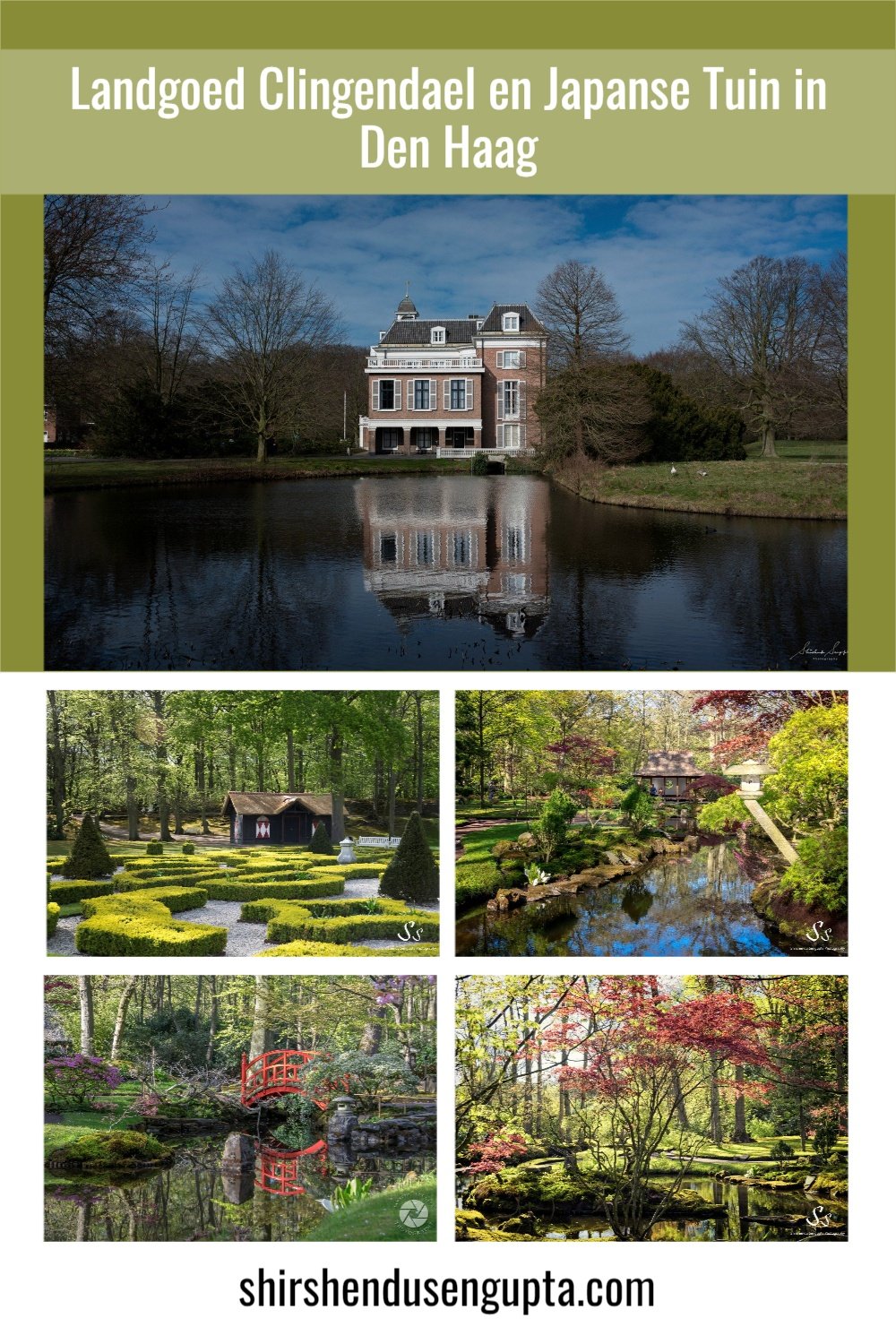The Story of the Shipwreck on the Wadden Sea in Wierum, Friesland, the Netherlands
Prologue
Today, I’m going to tell you a personal story. A story of a time when a microscopic being turned our world upside down and locked us up within four walls. And each one of us fought it our own way. Through this story, I wanted to share with you how I dealt with it.
In 2019, we made 3 marathon road trips during Easter, Summer, and Christmas holidays, across the Balkans, Baltics, and Nordics namely An Easter in Eastern Europe | A 6000 km Road Trip across Poland, Slovakia, Romania, Serbia, Bosnia-Herzegovina, and Austria from the Netherlands | Travel Itinerary, Tips, and Tricks, A Summer in Eastern Europe | An 8000 km Road Trip across Slovenia, Albania, North Macedonia, Kosovo, Bulgaria, Romania, and Slovakia from the Netherlands | Travel Itinerary, Tips, and Tricks, and A Baltic and Scandinavian Christmas | A 7000 km Cruise and Road Trip across Germany, Lithuania, Latvia, Estonia, Finland, and Sweden from the Netherlands | Travel Itinerary, Tips, and Tricks. But just as we were back from our Christmas trip in the Baltics and Nordics, right from the start of 2020, COVID-19 started. Little did we know that we would be locked up in our small town of Hoofddorp for the next couple of years.
We were lucky not to catch the virus in 2019 when we were in the Baltics, as we understood that COVID-19 was probably already prevalent in the Baltics when we were there during Christmas 2019. But it didn’t feel so lucky sitting at home thereafter. Time suddenly came to a standstill, life got difficult, our freedom got taken away from us, and the world was no more a big open wonderland that anyone could dare to explore. For the first few months, I found ways to keep myself entertained like watching movies with family, playing board games, and exercising with my son. But six months down the line, by the time summer approached, the quarantine was already taking a toll on my mental health. I needed to travel, photograph, meet different people, learn more about different cultures, and spend time in creative engagement. That’s when I realized, that I had to take this challenge head-on and reinvent myself and my ways of living, working, and traveling. So, I decided to look inward and start exploring this small country of the Netherlands like never before!
During the summer of 2020, in the Netherlands, there was a partial lockdown, which meant you could not congregate with people outdoors but you could stand alone in a secluded place; you could not walk on the streets of a busy city or town after 20:00, but you could drive on the road all night. So I decided to invent a creative schedule for myself. Every day I started my work day early around 07:00, finished my meetings by 18:00 at any cost, and left home to drive 3 hours alone to distant locations in Zeeland or Friesland, put my tripod in the middle of nowhere where not a single sign of intelligent life was to be seen until the vanishing point of my vision, shoot long exposure sunsets at around 23:00 while watching another day go away from our lives as the sun went down over the horizon. It was serene, surreal, and melancholy. Afterward, I drove back 3 hours, reached home, took a shower, and slept by 03:00 in the morning. Again I woke up at 06:30, started working at 07:00, and left at 18:00 for another solitary exploration the next day. This physically hectic but mentally satisfying 6 hours of driving (500 km) back and forth in a day was financially feasible because then I worked with a Big 4 Consulting firm and had a Mercedes Class C as a lease car with unlimited fuel across Europe. And driving long hours alone gave me the ‘me-time’ to think and unwind. I was happy. I was again ‘creating.’ In fact, most of the photographs from the Netherlands that you see in my articles on this website are from the COVID-19 period. And today’s story of the ‘Shipwreck on the Wadden Sea in Wierum, Friesland’ is a story about one of those evenings. So, let’s start!
About Wierum
Wierum is a mound village on the northern coast of the Netherlands that originated on a salt marsh near the sea in the early Middle Ages. This dangerous location has not been without consequences. The northeastern part of the mound has disappeared into the sea, putting that part of the village at risk of the waves. The iconic church now seems to lean against the high seawall. If you climb the dike that was built to protect the village from the sea, you can witness spectacular sunsets with the sunlight shining off the muddy Wadden Sea.
To know more about the Dutch Beaches and coastal towns, please read our article 27 Best Beaches in the Netherlands | Top 27 Dutch Coastal Towns for a Summer Holiday in the Netherlands.
About the Shipwreck in Wierum
Near the village of Wierum is an old shipwreck from the second world war times that emerges from the sea only during low tides. This wreck symbolizes a crucial part of the Wadden Sea's cultural history - the struggle for territory between man and nature that occurred here from the Middle Ages to the present. It first appeared close to the Schoorsterhoofd, in the west but eventually started to wander towards Wierum and ended up becoming trapped in the mud. Ever since it’s been here getting gradually affected by the ebb and flow gradually but steadily affecting the praam.
The Preparation
The first thing about preparing for visiting the shipwreck in Wierum was to find its exact location. Since there’s no official Dutch website where I could find the shipwreck address, I researched a lot and finally found a rough idea about its GPS coordinates (I’ve provided them later in the article). But when I searched for it in Google Maps, it showed a location inside the sea. I got a bit apprehensive but decided to visit anyway.
Since my subject was shooting the shipwreck that comes out during only low tide along with sunset, I needed also to check the tide timings of Wierum and plan for the day when the low tide met the sunset timing. I used the website tideschart.com where you can find both the high and low tide timing as well as the sunrise/sunset timings. I created a list of dates when the low tide met the sunset timing.
Then I checked the weather for all of those days on justweather.org and chose the day when there was a forecast for thunderstorms since that was the day I could get a dramatic sky.
Since the position of the sun changes with the season, I also checked the sun's position on my planned day of the shoot to know already which angle I would be taking the shot since I knew once I was on the spot, I would hardly get any time to make these decisions since the sun would go down quickly and changing positions walking in knee deep mud will make footprints on the mud spoiling the natural reflections. I used the Photopills app for this. For information on the Photopills app please visit photopills.com
Finally, I ordered myself a good pair of boots online (since all shops were closed barring the supermarkets due to the COVID lockdown) to walk through the muddy Wadden Sea.
If you want more tips for long exposure photography, please read our article A Step-by-Step Beginner’s Guide to Master Long Exposure Photography | Long Exposure Photography Tutorial | 30 Ultimate Tips and Tricks for Long Exposure Photography. And if you are a beginner and want to move from ‘Auto’ to ‘Manual’ mode photography, please read our article A Step-by-Step Beginner’s Guide to Master Manual Mode Photography | Manual Mode Photography Tutorial | 14 Ultimate Tips and Tricks for Shooting in Manual Mode.
D-Day
On the D-Day, I drove somewhere close to the location as per the GPS coordinates where there was a small place to pull over the car. There was no sea to be seen but only a dike. Then I realized that the sea was on the other side of the dike. As I climbed the dike and reached the top I could see the sea. I then climbed down the dike only to find that the sea was cordoned off by a thick rusty barbed wire. I decided to get my camera and ND filters out, wear my backpack (since I knew once I entered the muddy Wadden Sea I would not get a chance to keep my bag on the ground), and go over the barbed metal wire carefully not to cut myself. However, I could still not see the shipwreck. Once I walked through knee-deep mud for about 200 m inside the sea I found it. I was right in front of me. Since I had already decided on the angle I would shoot based on the position of the sun, I grounded my tripod in the mud, positioned my camera, and started shooting. And there I was - a tiny ant-like creature standing in the middle of a wide flat sea of mud extending to the horizon with no signs of human life as far as the eye could see!
The Storm and the Wound
For the next one hour I was totally immersed in doing justice to the beauty that I was seeing with my naked eyes through my camera. But I barely noticed that the thunderstorm clouds that were looming over the horizon around an hour back slowly crept above my head. After a while, when I decided to make a video call to show my wife where I was, my wife was scared to see the dark thunderous clouds, with continuous lighting happening and the bright light at the horizon. She screamed saying that I was in a dangerous situation being the tallest point carrying a metal pole (tripod) in the middle of a wide flatland. Across the world, every year many farmers die out of thunderstrikes in similar situations. Only after she said I looked up to realize the amount of continuous lighting happening over my head and decided to call it a day. But before I could turn around and start walking, a cloudburst happened and it started raining like all hell had broken loose. I tried walking faster to protect myself and my camera gear from the rain but walking back through knee-deep mud was not easy. By the time I reached the shore, I was completely drenched in water. In an attempt to flee the scene fast, I tried jumping over the barbed wire fast and ended up having a long deep cut across the calf muscle of the leg in the old dirty and rusty metal wire!
My leg started bleeding profusely but I walked to the car, kept my gear safely, and stood outside to wash my wound in the downpour as my only drinking water bottle was empty and the only other source of water I had to clean myself was the rain. After that, I sat in the car soaking wet in the rain with my shoes slippery from the blood that had filled it up dripping from the wound. I took a picture of that too but I will spare you the sight. Anyway, I drove safely for 3 hours like this and came home. By then the bleeding had stopped!
The Aftermath
The next morning I woke up with a lot of pain in my leg and decided to see the doctor. The doctor advised a full course of tetanus (4 injections over the next 4 months). And that’s that. Other than that I would say I created another memorable experience rather than living the mundane quarantined life. And best of all I captured the a lightning bolt and a sunset in the same frame. No pain can beat that!
How to Visit the Shipwreck of Wierum
Address: As mentioned above, since there’s no official Dutch website where you can find the shipwreck address, I’m sharing its GPS coordinates below. When you search for it in Google Maps, it will show you a location inside the sea. Don’t worry. Start driving.
GPS Coordinates: 53.40485° N, 6.03221° E
Parking: Drive somewhere close to the location as per the GPS coordinates and park somewhere near the spot. Then climb the dike and walk through knee-deep mud for about 200 m inside the sea to get to the location.
Public Transport: I do not recommend visiting the shipwreck by public transport since it will take you almost 5 hours from my place Hoofddorp and would require 5 changes of transportation which’s not only hectic but any changes in the public transportation schedule may lead you to miss the sunset. Also if you go there in summer when the sunset is around 23:00, after the sunset you will be stranded in the dark as there will be practically no public transportation available to come back home. If you are still keen to go there by public transport, please use Google Maps.
Best time to visit: Whenever low tide coincides with sunrise/sunset.
Epilogue
So that was the story behind the shipwreck on the Wadden Sea in Wierum, Friesland, the Netherlands. Please let us know in the comments below if you enjoyed reading this article.
And, if you want to know about other hidden treasures in Friesland, please read our article Discover Friesland | 9 Best Places to Visit in Friesland, the Netherlands, or if you want to know more about the Dutch Beaches and coastal towns, please read our article 27 Best Beaches in the Netherlands | Top 27 Dutch Coastal Towns for a Summer Holiday in the Netherlands, or if you want to explore the best hidden gems in the Netherlands, please read our article Netherlands Off The Beaten Track | 39 Best Hidden Gems in the Netherlands. Until then, merry traveling and happy shooting!
Pin the article
Bookmark the article for reading later!
Want to license/buy photos in the article?
License photos for commercial/editorial use or buy photo prints!
Want us to write an article for you?
Articles for magazines, newspapers, and websites!
Watch our Videos
Check out our videos on our Youtube Channel!
Join the Newsletter
Get updates on our latest articles!
We respect your privacy. Read our policy here.





